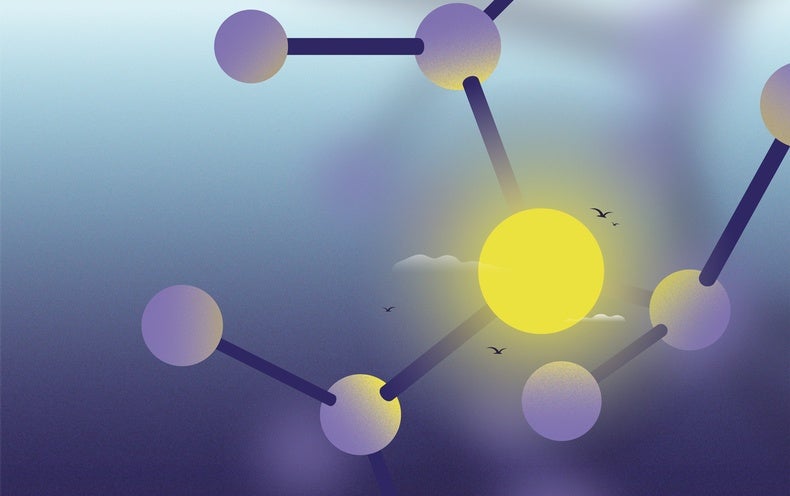This week, a colleague, Arijit Ghosh shared the special report, ' Top 10 emerging Technologies of 2020' https://www.weforum.org/reports/top-10-emerging-technologies-2020 of the World Economic Forum and since then I have been reading it and trying to understand how it will impact education at the school level. In any school, the latter half of any academic year is invested in planning for the next year and most teams are continuously striving to update the curriculum so that STEM in school is connected to Industry and students are prepared with skillsets for the future.
Of the 10 technology, today I wish to touch upon 'Sun-powered Chemistry' for the very reason that UN SDG's are taught in most schools and all curriculums are designed around it. As per IEA [International Energy Agency], article dated 11 February 2020, Global energy-related CO2 emissions flattened in 2019 at around 33 gigatonnes (Gt), following two years of increases.
As per WEF, at present, we rely on fossil fuels but a new approach holds the promise of reducing the sector's emissions by using sunlight to convert waste carbon dioxide into useful chemicals. This is a step towards creating 'solar' refineries to produce useful compounds from the waste gas, which could turn everything from medicines, detergents to fertilizers and textiles. In this process, wasted carbon dioxide becomes your raw material, and the sunlight is the source of energy needed for production.
Let's study its impact on education. In school, when we teach Chemistry, we speak of single [Ex: Hydrogen] and multiple covalent bonds [Ex: Oxygen] between molecules. The multiple bonds are difficult to break and the bond energy present in carbon dioxide (O=C=O) is 187 kcal, whereas when this bond is found as part of a larger molecule, the value is closer to 170 kcal. Huge energy is required to break them and now photocatalysts which are typically semiconductors requiring high energy ultraviolet light (5% of sunlight) will be used. Once the bond is split, the raw materials will be used in the manufacture of plywood, cabinetry, flooring, and disinfectants. The Chemistry chapters on organic chemistry, bonds, and energy will need to be revisited.
So if CO2 gets used up then let's analyze the impact on the environment. Less carbon dioxide will lead to lower levels of global warming which in turn lowers the rate of Climate Change which in turn helps in the conservation of nature. So, the benefits are immense and the future holds positive for the generations to come. Lessons on pollution, types of pollution, and the conservation of the environment will need to be revisited.
The students will be addressed on how solar chemical research is progressing as many start-ups are working on this different approach to convert carbon dioxide into useful products and this offers a range of careers for them in the near future. So, virtual/physical visits could be planned, talks with experts could be arranged, STEM career events or Coffee talks could be held to orient students on the new technology awaiting them in recent times.
Next week, we will try to understand how 'Spatial Computing' will impact education.
Do share your constructive feedback and how this blog could be updated for better understanding.
References:
Global CO2 emissions in 2019 - https://www.iea.org/articles/global-co2-emissions-in-2019
https://www.weforum.org/reports/top-10-emerging-technologies-2020 - Top 10 Emerging Technologies of 2020.


Very helpful article , educated me on the many possibilities on solar energy .
ReplyDeleteGreat perspective..solar chemical research is so wonderful...would completely change our whole process of thinking and way of living..if without disturbing the balance of nature we can vinvert carbon dioxide into useful products
ReplyDelete